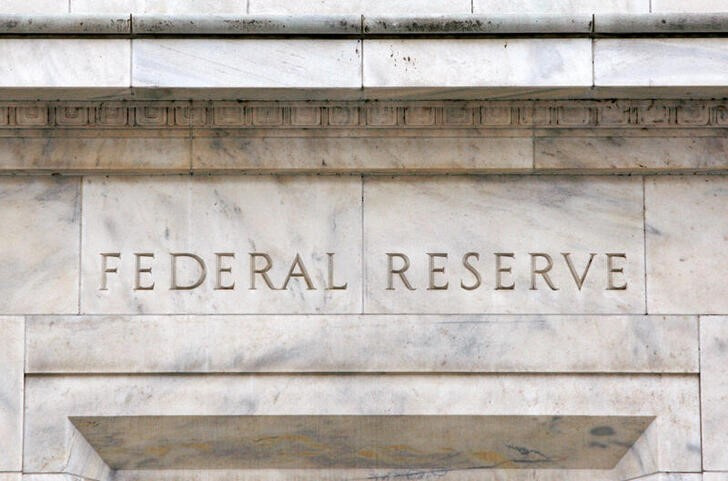Investing.com — In a note to clients this week, analysts at Alpine Macro assessed Quantitative Tightening (QT), noting it continues as the Federal Reserve reduces its balance sheet, which has already shrunk by $2 trillion since June 2022.
The firm said that the contraction has led to a recent spike in money market rates, raising questions among investors about potential risks to financial markets.
Alpine stated that the rapid decline in the Fed’s balance sheet has reignited memories of 2019’s liquidity crunch, when QT contributed to severe disruptions in money markets, ultimately forcing the Fed to halt its tightening efforts and inject liquidity back into the system.
With QT still underway, some are concerned about a similar outcome. However, Alpine Macro believes a repeat of 2019’s liquidity crisis is “highly unlikely.”
Unlike the prior episode, Alpine Macro argues that QT in this cycle “will not be a constraint on bank lending.”
The analysts point to early indicators of accelerating credit growth, suggesting that lending activity may remain resilient even with the Fed’s balance sheet reduction.
In fact, they highlight that “consumer, real estate, and C&I loans may all accelerate as interest rates fall,” helping to offset any tightening effects on liquidity.
The analysts believe that the current QT process is structured to avoid market chaos, noting that both “funding markets and lending to the broader economy” are unlikely to face significant disruptions.
They conclude that this controlled approach to QT should “limit recession risks, help a soft landing and support asset prices.”
In Alpine Macro’s view, while QT is a critical factor for market watchers, it doesn’t pose an immediate threat to financial stability. Instead, they foresee a continued path toward market support, bolstered by credit growth and steady economic momentum as interest rates eventually ease.



